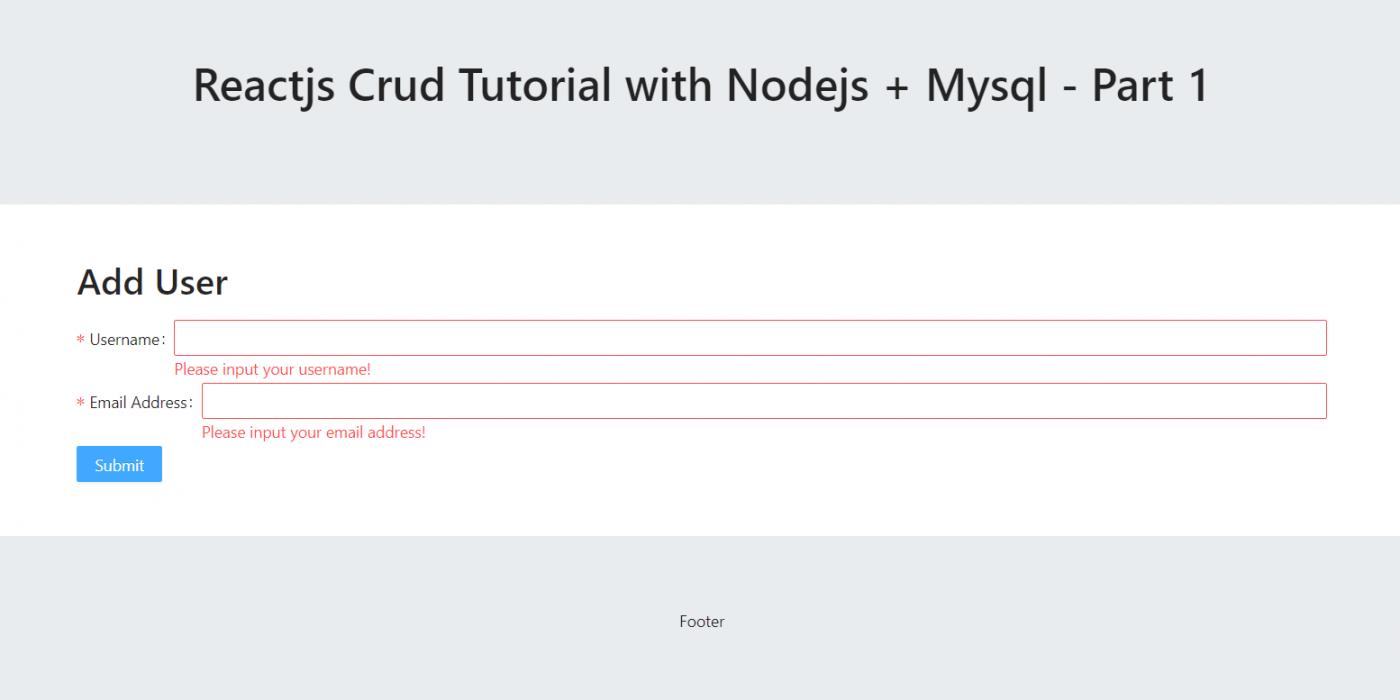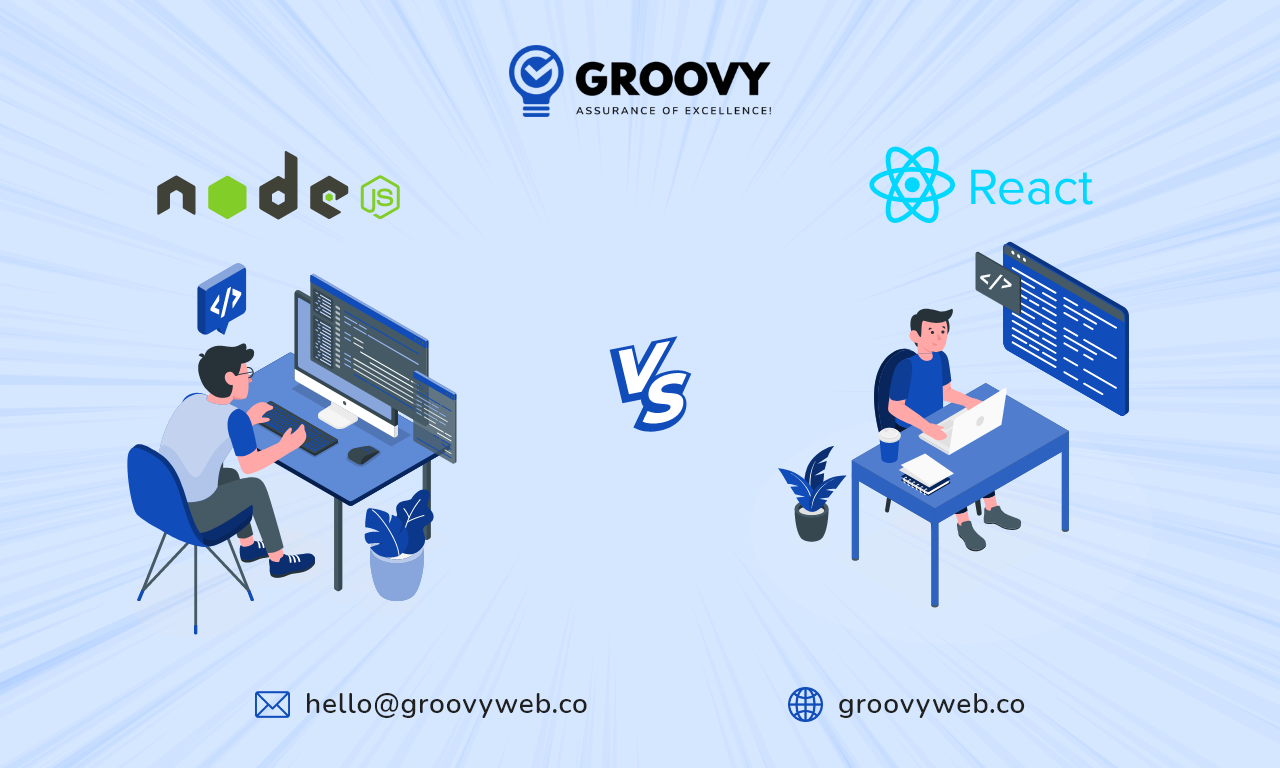

In the Visual Studio Installer, choose the Node.js development workload, and select Modify to download and install the workload. In Visual Studio, go to Tools > Get Tools and Features. If you have Visual Studio installed but need the Node.js workload: In the Visual Studio Installer, select the Node.js development workload, and select Install. Go to the Visual Studio downloads page to install Visual Studio for free. If you haven't yet installed Visual Studio: Visual Studio with the Node.js development workload installed. This tutorial requires the following prerequisites:
#Nodejs reactjs code#
Webpack can specify a compiler, such as Babel or TypeScript, to transpile JSX or TypeScript code to plain JavaScript. Webpack bundles JavaScript files so they can run in a browser, and can also transform or package other resources and assets. You must transpile JSX code to plain JavaScript before it can run in a browser. JSX is a JavaScript syntax extension typically used with React to describe UI elements. React is a front-end framework for creating a user interface (UI). The npm package manager simplifies library installation, updating, and uninstallation. A package manager makes it easier to publish and share Node.js source code libraries. The default package manager for Node.js is npm. Node.js is a server-side JavaScript runtime environment that executes JavaScript code. Some of the information in this article applies only to the Node.js project type (.njsproj).īefore you begin, here's a quick FAQ to introduce you to some key concepts:
#Nodejs reactjs free#
The first step to defining the API keys for using Mailgun in your application is to create a free account, which takes 57 seconds according to their official website.Starting in Visual Studio 2022, you can alternatively create a React project using the new CLI-based project type. env file and call app.listen() to start the server. Otherwise we log the body and send a message that says "Email sent successfully" on success.Īt the very end of the file, we get the port from the. In this function we console.log the error, set the status code to 500, and send a message that says "Error in sending email".

The second parameter passed in the send method is a function that accepts the error and body.

Next, a POST route with the path /api/email is created, and therein, a function to accept a request and response is defined. In the mg function, we pass the API key and domain from the environment variable and use mailgun to send emails.Īfter that, the Express app is created, and two middleware express.json() and express.urlencoded are used to get the payload using Express from the API request and convert it into req.body. Here, we have called the mg function and assigned it to mailgun.
#Nodejs reactjs update#
To beautify the form, we've update the App.css file with the following CSS styles, so that its contents look like this. We have also created a button for the purpose of making an email submission. In the various input fields, we have set up a state to handle the change in the input box - to catch any change made when a user enters a character into the input field using the onChange event listener. Here we have created a form with three input fields, one for inputting the receiver's email, another for the subject of the email, and the last one for entering the main message of the email. Send Email Email Address setEmail(e.target.value)} type="email" id="email"> Email Subject setSubject(e.target.value)} type="text" id="subject"> Message Body setMessage(e.target.value)} type="text" id="message"> Send Email We will do this in the App.js file, so that it is updated to become: import './App.css' Ĭonst = useState( '') We'll start by building the form through which emails can be sent. Now, we can begin to build the frontend of the application.


 0 kommentar(er)
0 kommentar(er)
